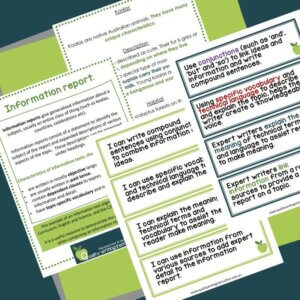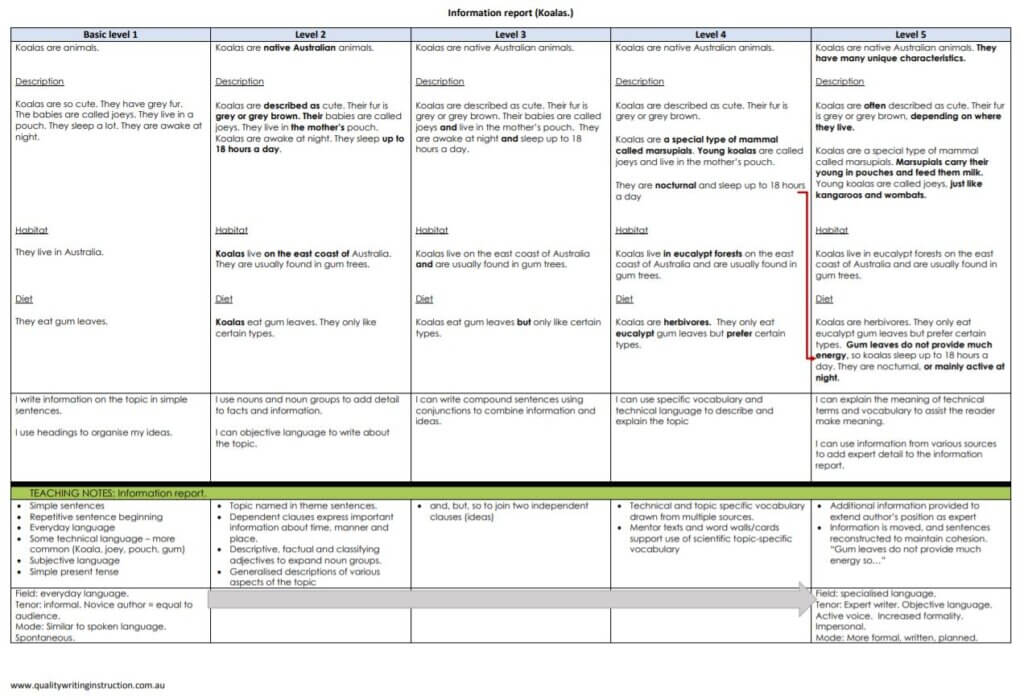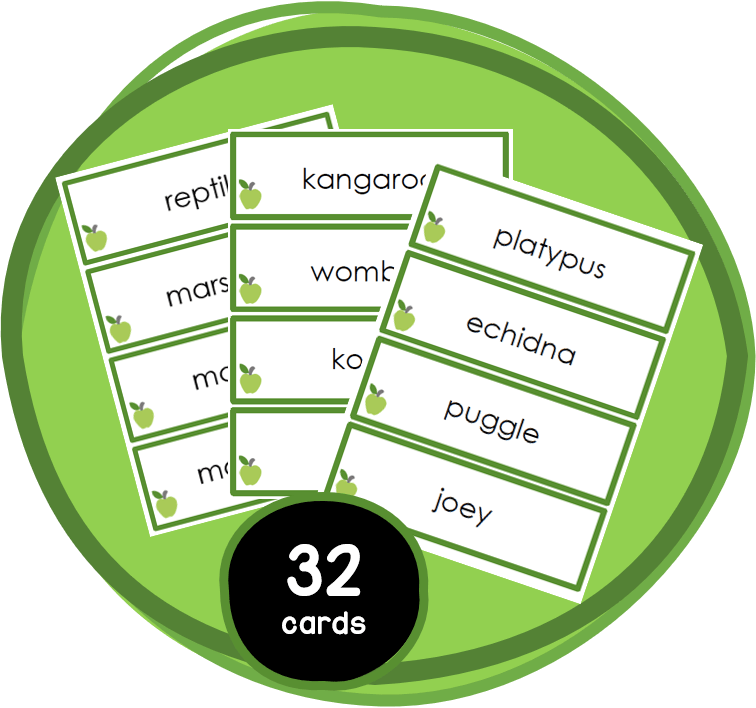Writing Information Reports in Science
and using them as Bump It Up resources

By KELLIE
Information reports present factual information to inform the reader about a specific topic. The purpose of information reports is to provide information, through factual details. They are usually written for an audience looking to learn more about the topic, essentially positioning the author as an expert.
Information reports give generalised information about a subject, usually an entire class of thing (such as animals, countries, celebrations etc). They consist of a statement to identify the subject of the report, followed by expanded descriptions of various aspects of the topic. These descriptions can be organised under headings.
The biggest challenge writing information reports is to convey information without including personal opinions or observations.
Like all writing, information reports can be used as example texts on ‘Bump It Up’ walls to guide students’ writing progression.
Characteristics of Information Reports
Information reports
- are written in mostly objective language.
- are usually written in past tense.
- contain dependent clauses to express important information and detail.
- have topic-specific vocabulary and technical language.
Using Information Reports as Bump It Ups
Progression of students’ writing can be monitored and guided by using information reports as ‘Bump It Ups‘.
As you dive into the world of Bump It Ups, you’ll find not all Bump It Up resources were created equal. Be aware of what to look for when purchasing them or making your own.
This ‘Bump It Up’ example of an information report on koalas demonstrates the progression of writing when composing an information report in science.
It aligns with the Australian
Curriculum: English and Science, and the C2C: English Year 2 Unit 5.
Engaging Students with Information Report Bump It Ups
When using Bump It Up resources, you will need to model and demonstrate the process of improving the writing, and provide opportunities for your students to work with guidance and collaboratively with their peers.
The intended outcome is for students to independently monitor and assess their progress and seek feedback on their own writing, using the Bump It Up resource and marking guide.
Refer to ‘Engaging Students in Bump It Up Resources‘ for more information on this process, including video tutorials on how to support students to use Bump It Up resources to guide their writing progression.
The teaching notes illustrate the writing progression and how the writer has improved each sample on a one page document.
Displaying Information Reports on a Bump It Up Wall
Bump It Up walls are best constructed collaboratively with student input. Model the process of interacting with the resource, and how to analyse a writing sample regularly.
Often, a wall developed with student input may not seem Pinterest worthy, but the process of engagement is what is important.
It’s always recommended to have vocabulary word cards available for students to refer to as they discuss and write about the topics they are researching. Adding illustrations and labelled diagrams supports students’ understanding of the words, and introduces the protocols of using visual texts in science.
Additional words and visuals are added as students encounter new words in texts.
This Word Wall resource has 32 word cards related to Australian animals.
Want to share your experiences of teaching with Bump It Up resources or Information Reports? Have some questions? Join us in The Lounge.
“The Lounge” is Quality Writing Instruction’s Facebook group, where you can share ideas and get support from a fabulous group of like-minded teachers.



